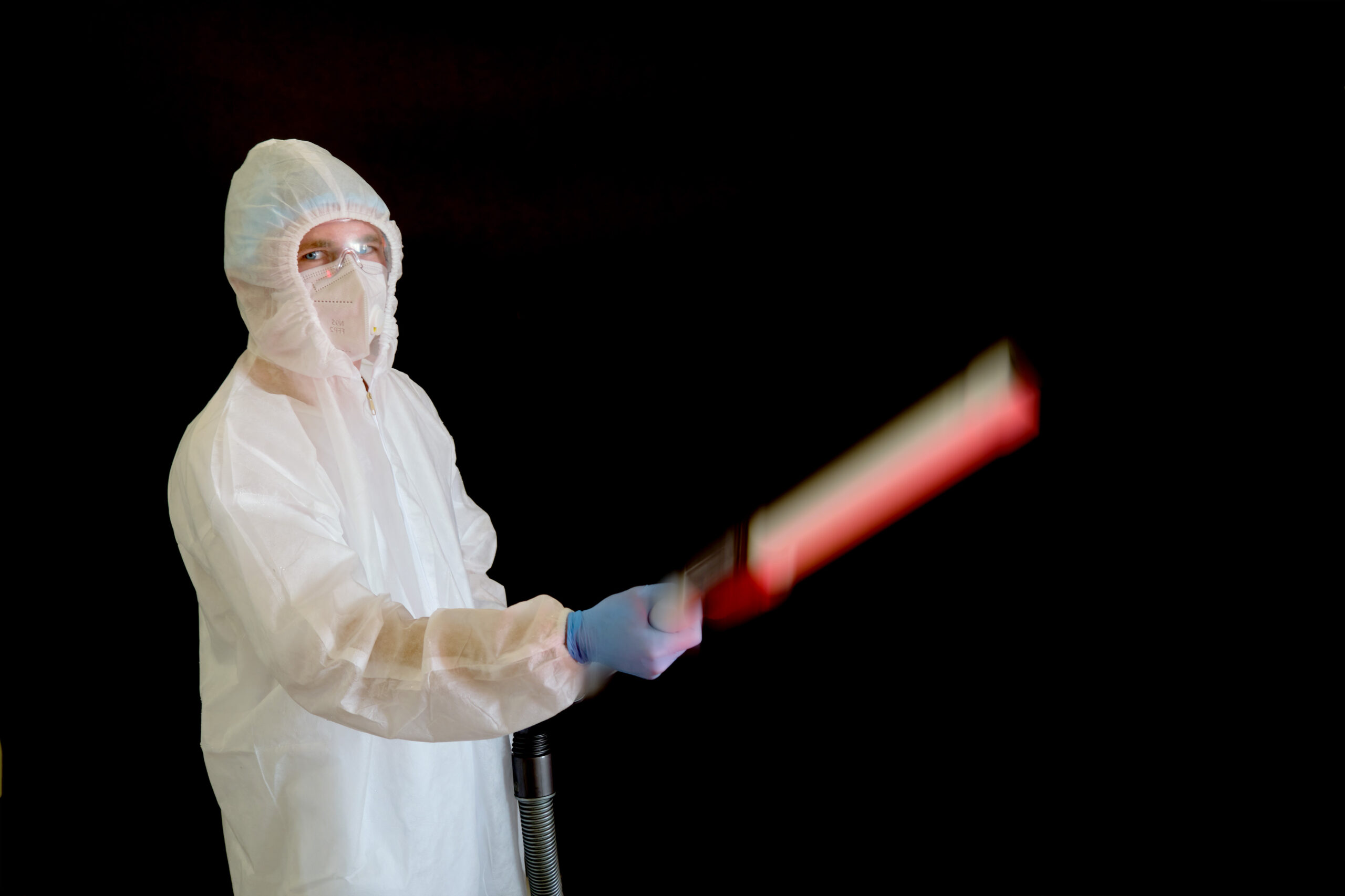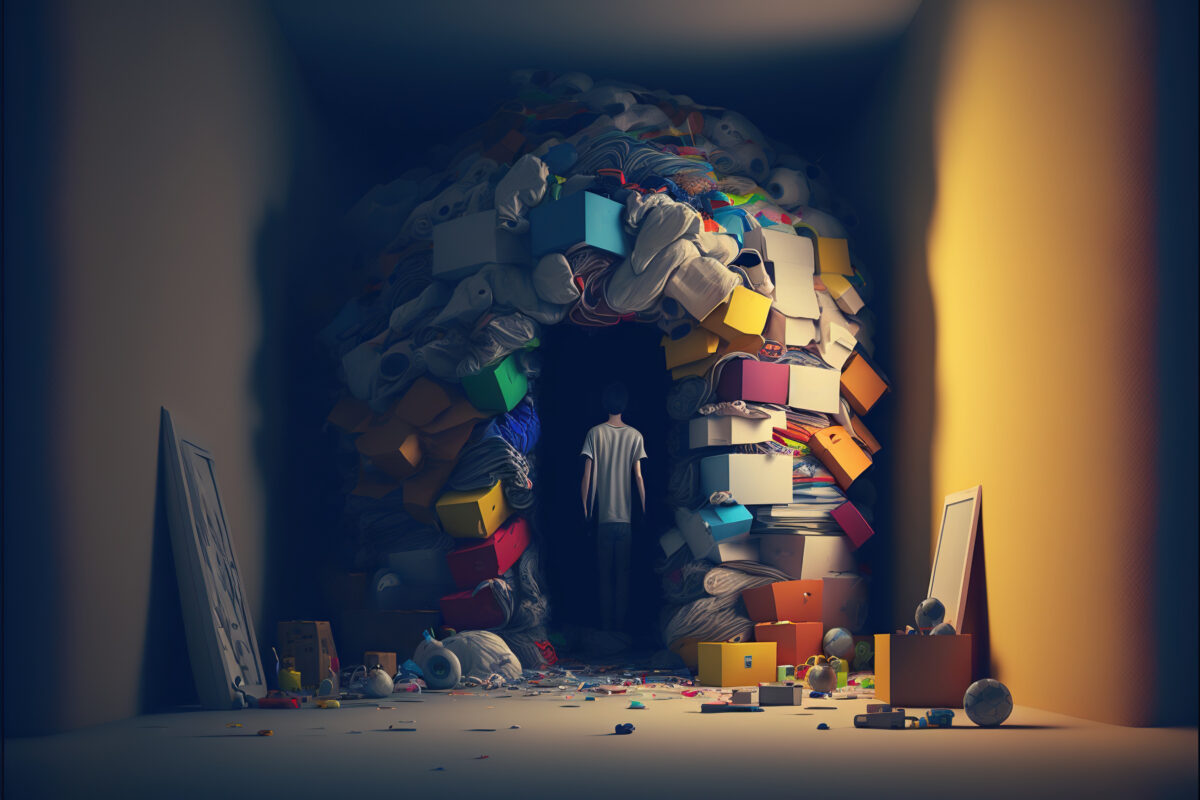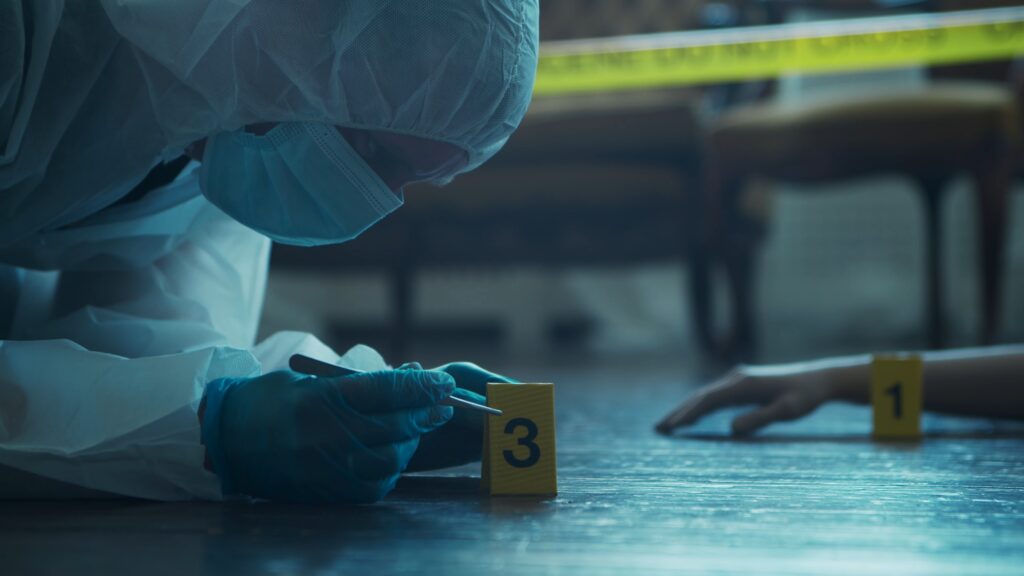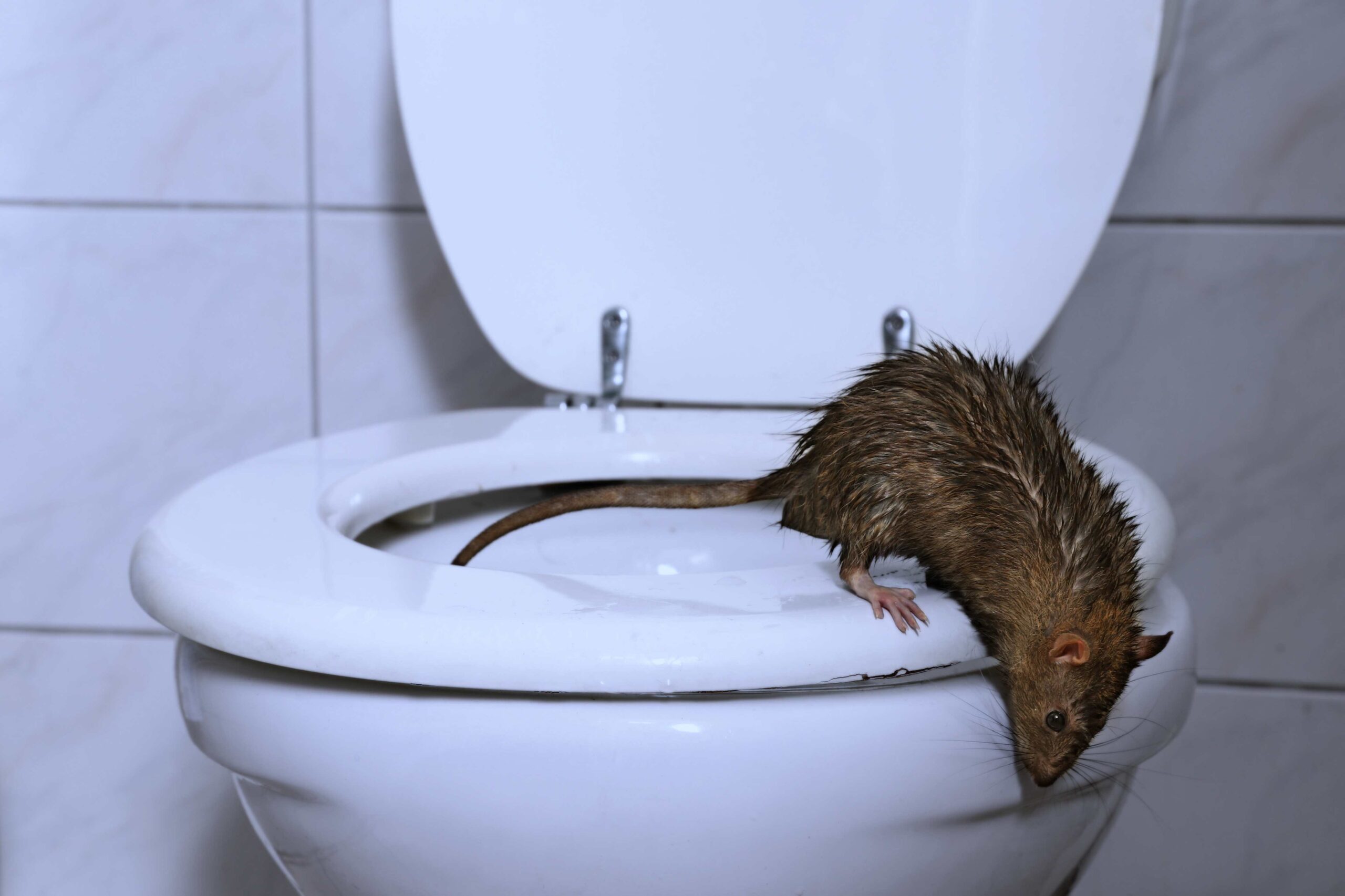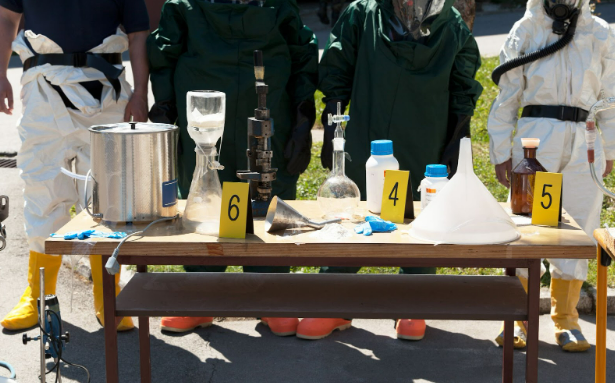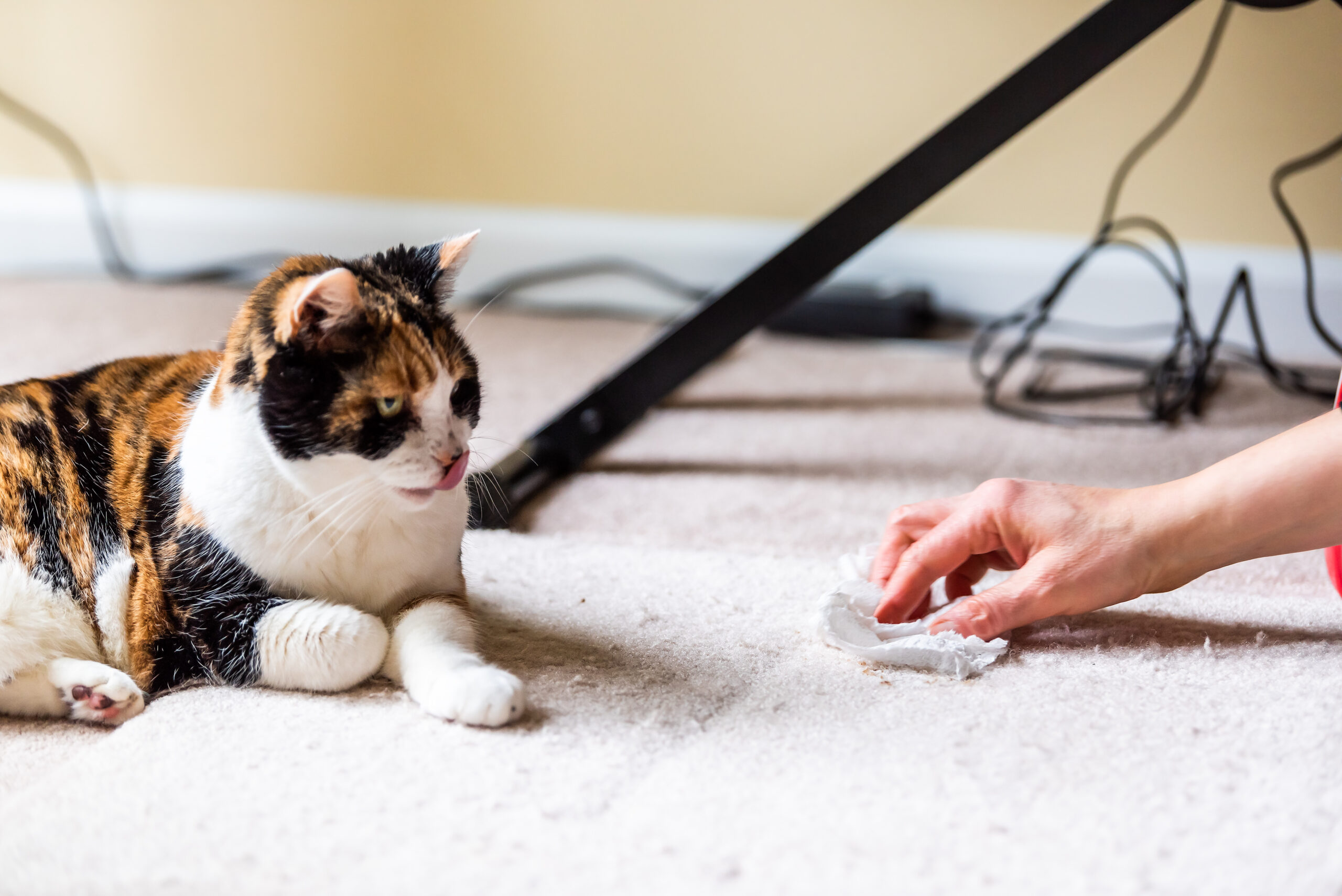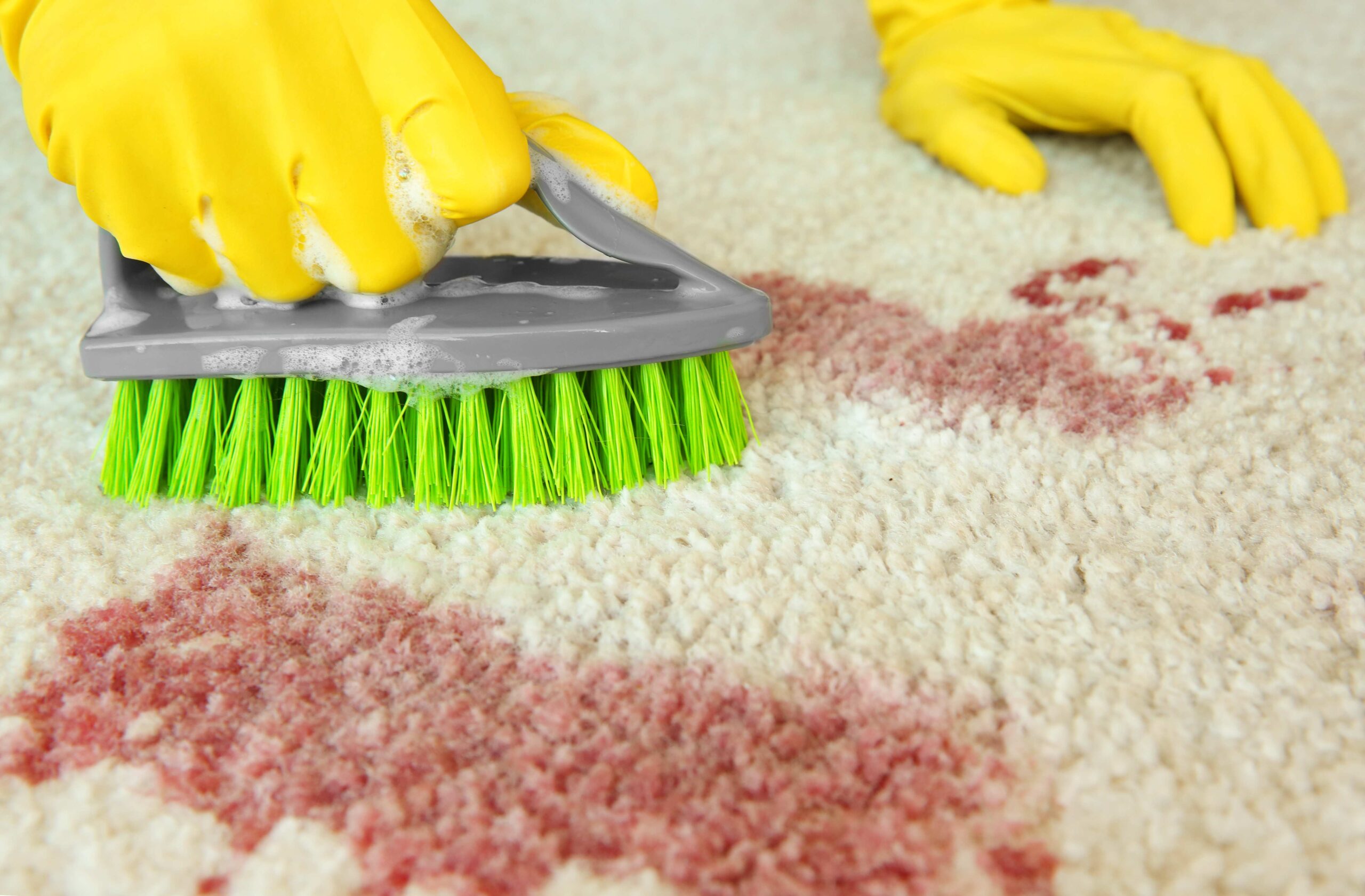Ever wondered what biohazard cleanup companies do and how they do it? In short, companies like the BioCleanTeam clean up environmental threats like bodies, human tissue, animal carcasses, homeless encampments, meth labs, hoarding situations, biohazardous waste, and so much more.
Not to toot our horns, but we think biohazard companies are the unsung heroes in our society. By providing crucial services, teams like the BioClean team ensure the safety and well-being of both people and the environment. When biohazardous materials are present, professionals like us step in to remove the dangers and restore affected areas to a safe and habitable state.
Biohazard cleanup teams are made up of people who handle the hard stuff. Homicides. Car accidents. Rat infestations. And biohazard teams are usually the folks consoling families after a suicide or traumatic death. Not only can this work be emotionally and physically taxing, but it must be done at federal regulation standards as well.
Aside from the dark side of our work, we here at BioClean find our jobs to be wildly satisfying. We are offered the opportunity to help families in the darkest hours of their lives, revive spaces so that they are livable again, and above all, protect the public.
In this blog, we will explore the services that biohazard cleanup companies provide, their importance, and the steps involved in their work.
What is a Biohazard Cleanup?
Biohazard cleanup is a specialized service provided by trained professionals to clean, sanitize, and decontaminate areas affected by biohazardous materials. These materials can include blood, bodily fluids, human or animal waste, chemicals, and other potentially infectious substances.
The cleanup process involves using specialized equipment, techniques, and protective gear to ensure the safety of the workers and prevent the spread of infectious diseases or harmful substances.
Services Offered by Biohazard Cleanup Companies
Crime Scene Cleanup
After law enforcement has completed their investigation, biohazard cleanup companies are responsible for cleaning and decontaminating the affected area. This may involve the removal of blood, bodily fluids, or other biohazardous materials left behind.
Trauma Scene Cleanup
Trauma scenes can result from accidents, suicides, homicides, or other events involving injury or death. Biohazard cleanup companies work to remove any biological hazards and restore the scene to a safe and clean state.
Hoarding Cleanup
In cases of extreme hoarding, accumulated waste and clutter can create unsanitary living conditions that pose a risk to occupants and the surrounding community. Biohazard cleanup companies help remove the clutter, sanitize the area, and dispose of hazardous materials properly.
Infectious Disease Decontamination
In the event of an infectious disease outbreak, such as COVID-19, biohazard cleanup companies play a vital role in preventing the spread of the disease by decontaminating affected areas and disposing of contaminated materials.
Industrial and Chemical Spills
When chemical spills occur, specialized biohazard cleanup companies step in to manage the containment, cleanup, and disposal of hazardous materials to ensure the safety of the environment and the public.
Odor Removal
Biohazard cleanup companies also address situations where lingering odors result from decomposition or other biological processes. They use advanced equipment and techniques to neutralize and remove the odors effectively. Consider odors like decomposing bodies or cigarette smoke.
Mold Remediation
Mold infestations pose significant health risks and can cause structural damage to properties. Biohazard cleanup companies provide mold remediation services to remove mold, address the source of moisture, and repair the affected areas.
The Importance of Biohazard Cleanup
Protection of Public Health
The primary goal of biohazard cleanup is to protect public health by preventing the spread of infectious diseases and harmful substances. By doing so, biohazard cleanup companies ensure the well-being of individuals and communities.
Environmental Safety
Biohazard cleanup companies are responsible for the proper disposal of hazardous materials, which helps prevent environmental pollution and maintain ecological balance.
Regulatory Compliance
By adhering to local, state, and federal regulations, biohazard remediation companies ensure that their clients remain in compliance with the laws governing hazardous waste disposal and procedures.
Property Restoration
Many times a property needs restoration due to a hoarding problem, gross filth, or some sort of biohazardous exposure. Biohazard cleanup services help restore properties to a safe and habitable condition, preserving their value and function.
Can We Help You?
Now that you know exactly what a biohazard cleanup company does, you may find yourself needing one. Please keep us in mind for your cleanup needs! Whether it’s a hoarding situation, filth cleanup, or anything in between, we are here to help. Many times insurance will cover our services. Please reach out to us directly if you have any questions.

